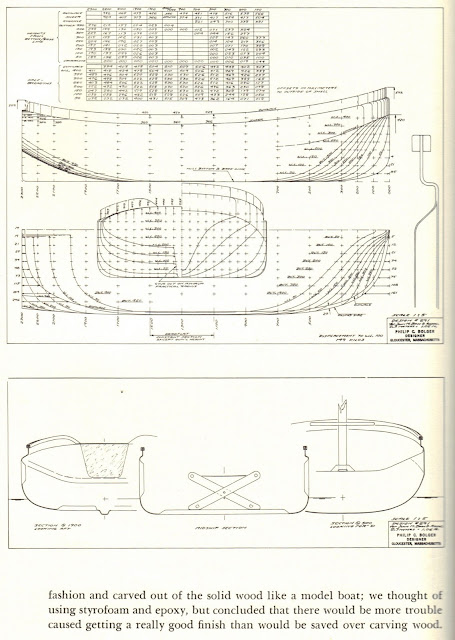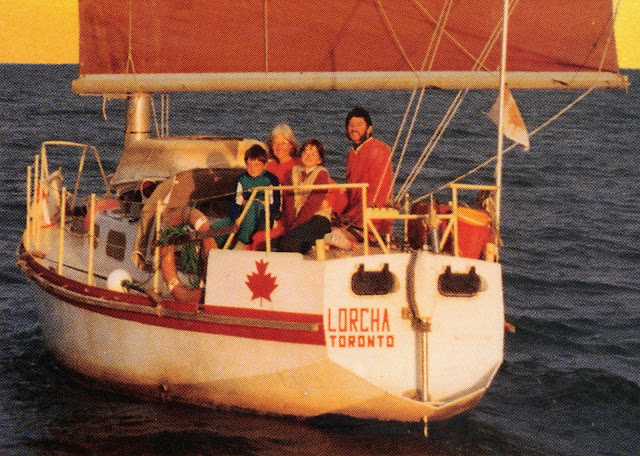An ongoing project, but here are
some of my observations to date, not rocket science, and based on a simple approach, good old common
sense. I haven't quoted sources, but the internet will supply reliable ones if
you choose wisely.
Fundamentals:The basis for a long & fulfilling life include;
- a joyful acceptance, appreciation & celebration of the gift of being alive
- a intimate & trusted partner in the journey of life
- a responsible, rewarding involvement with society thru work or volunteering
- caring relationships with family & friends
Longevity: Some are blessed with “good genes” – the rest of us need to make choices that that allow us to live a life of self- fulfillment, meaning & purpose, care for our bodies & cope with life’s stress. A positive attitude, a regular fitness program & adequate (7 to 8 hrs) of sleep, are a firm basis for living a long & healthy life.
Tools: Useful specifics are suggested.
Philosophy: Pragmatic realist – see with clear eyes, use the best knowledge available. No myths, unproven remedies, or assumed approaches. – a scientific, deductive, evidence driven approach, science as a world view.
- a joyful acceptance, appreciation & celebration of the gift of being alive
- a intimate & trusted partner in the journey of life
- a responsible, rewarding involvement with society thru work or volunteering
- caring relationships with family & friends
Longevity: Some are blessed with “good genes” – the rest of us need to make choices that that allow us to live a life of self- fulfillment, meaning & purpose, care for our bodies & cope with life’s stress. A positive attitude, a regular fitness program & adequate (7 to 8 hrs) of sleep, are a firm basis for living a long & healthy life.
Tools: Useful specifics are suggested.
Philosophy: Pragmatic realist – see with clear eyes, use the best knowledge available. No myths, unproven remedies, or assumed approaches. – a scientific, deductive, evidence driven approach, science as a world view.
Ethics: the Golden rule – do unto
other as you would have them do unto you – a simple rule but challenging &
very difficult to live by.
Lifestyle: Healthy eating and strenuous aerobic exercise maintains weight, reduces body fat, increases lean muscle mass and results in higher resting metabolic rate, enhanced insulin sensitivity and reduced cardiovascular risk. Resistance exercises increase muscle mass, elevates resting metabolic rate, enhances muscular endurance and reduces muscle mass loss during caloric restriction and aging. This lifestyle is more effective than drug treatment in preventing mental and physical diseases such as Type 2 diabetes and in slowing body degeneration through aging. As they say "use it or loose it".
Healthy Eating & Supplements: I chose a basic “Mediterranean” style of healthy eating. The following have been added over the years, almond milk, 40 gms of dark chocolate or 2 glasses of red wine, yogurt with live & active cultures, Vitamin D, Calcium, CoQ-10, baby Aspirin, & Omega 3 fish oil.
Healthy Eating & Supplements: I chose a basic “Mediterranean” style of healthy eating. The following have been added over the years, almond milk, 40 gms of dark chocolate or 2 glasses of red wine, yogurt with live & active cultures, Vitamin D, Calcium, CoQ-10, baby Aspirin, & Omega 3 fish oil.
Exercise: There is
a magic pill for wellness, disease prevention & longevity – the pill to
swallow is - doing your exercises. My
approach involves an organized routine of calisthenics, stretches & aerobic
exercises, 5 days a week, with staggered days off. I find that unless I get up
in the morning & do the routine I just can’t find the time & “life”
takes over. I take the time by myself, for myself & enjoy the freedom of
the “escape”. Remember consistency is crucial; you are what you do in the last
48 hrs. When in condition you can quickly recover from a 2 weeks of inactivity,
but after a month you are back to baseline.
The program started with the old
5BX program used by the military & has been modified & augmented over
the years. The exercises in red have been added due to specific neck & shoulder
problems (as recommended by my physiotherapist). The sequence is choreographed,
& the chart keeps track of your progress. Start at a level you are
comfortable with & progress at your own pace. Reward yourself as you
progress to your target. I learned of the 5 Tibetans only recently & found
them a welcome addition to my routine. They will also be a useful alternative
while making auto trips which involve overnight stays.
In doing the relaxation routine breathe in
on the count & out with an extended “relax” followed by your metabolic
target. “you healthy & content 49'r …” Dr. Deepak Chopra suggests that you can
set your biostat, which is a mental set point for
your biological age, by repeating it frequently. A little optimistic I
think but it is easy to think the count & it extends the relaxation pause.
When relaxing focus on specific areas in the body & if it does not relax
easily, “giggle “it or slightly tense & relax. When you feel the relaxation
you can work it up your body in a wave. ie,
toes, arch, ankles, calf, knees, thigh. The do forehead, eyes, ears, jaw, &
neck, then hands, arms, chest & back. You should be very in a very
comfortable & content state when you reach the count of 60.
The Relaxation Response., Benson
1975: A scientific validation of age-old wisdom, evoked in religious ritual
& transcendental meditation. In
addition to the deep relaxation in the exercise program I try to practice the relaxation
response for 10 to 20 min. once a day. Fortunately in my job, I had the time at
lunch, either sitting at my desk or lying on the couch at home. Now that I am
retired it is part of my afternoon snooze.
The following chart &
articles give further details of the exercise program
Addendum #1, age 78
1. Monitoring Heart Rate
The
following excerpts are from WebMd
If you have heart disease and your doctor has forbidden you to exercise strenuously,
monitoring your heart rate during workouts is a good way to avoid pushing your
heart into the danger zone. Heart rate monitoring can also make sense for
serious runners, cyclists, and other athletes who are eager to optimize their aerobic fitness.
But otherwise, there's no pressing need to know your heart rate.
Maximum Heart Rate declines about seven beats
per minute for each decade
The latest formula
is the one published in 2001 by Tanaka in theJournal of the American College
of Cardiology: Multiply your age by 0.7 and subtract that figure from 208.
For example, a 40-year-old has a maximum heart rate of 180 (208 - 0.7 x 40).
Age 80 is 152 (208 – 0.7 x 80)
Formulas aside,
maximum heart rates vary, even among people of the same age. "The formula
is only relevant for groups of people," Levine says. "For
individuals, the prediction is off by plus or minus 10 to 20 beats per
minute."
Regular aerobic
exercise makes your heart stronger and more efficient, meaning that your heart
pumps more blood each time it contracts, needing fewer beats per minute to do
its job.
The so-called
"aerobic" or "cardio" zone for working out is 75% to 85% of
your maximum heart rate. For age 80 it is 114 to 130 beats per minute
The calculation at
For age 80, resting
60 gives a Aerobic zone of 138 – 142 bpm.
2. Back Exercises
I have also modified
my back exercises to relieve a small pain I was developing in my lower back
& to follow the advice to do exercises which keep the normal curvature in
the “hollow“ of the back.
Lying: Rollups were
replaced with Crunches, lifting shoulders of the floor.
Tibetan #2, Over the
head, was replaced with on the back Leg
lifts up to 45 degrees
3. Breathing
I have noticed a "loss of breath" after doing the push ups in the routine so, after a little research, I adopted the "breath in through the mouth" on the exertion portion of an exercise and "breath out through the nose" on relaxation. Seems to help.
3. Breathing
I have noticed a "loss of breath" after doing the push ups in the routine so, after a little research, I adopted the "breath in through the mouth" on the exertion portion of an exercise and "breath out through the nose" on relaxation. Seems to help.












































































